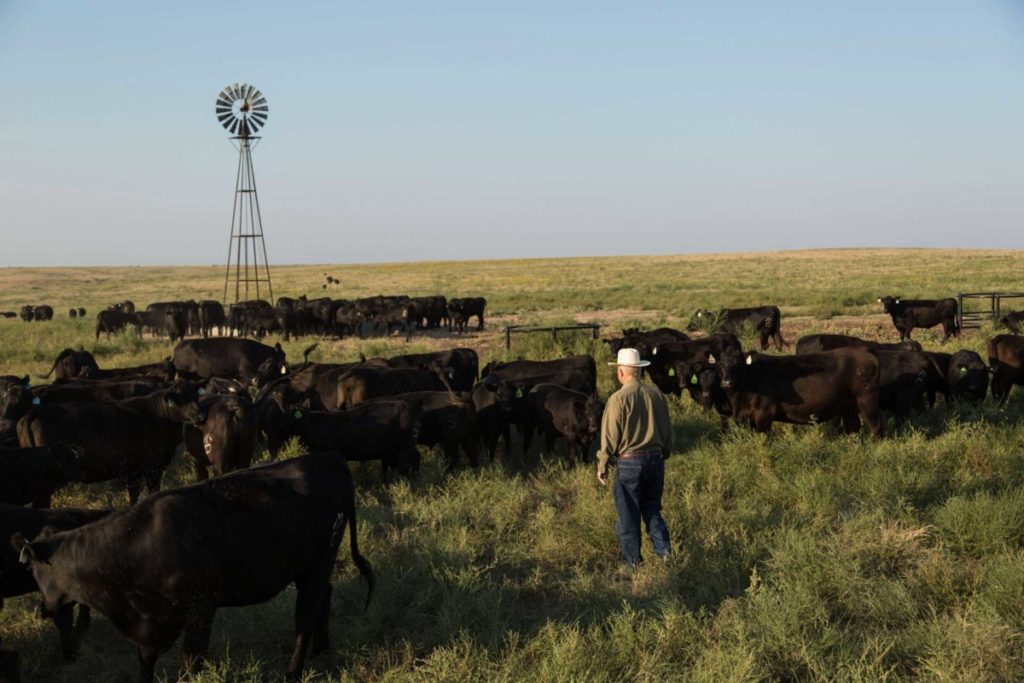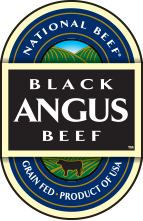Q&A Tom Fanning

Tom Fanning
Read about how Angus cattle are raised to produce the best quality beef.
What is Angus?
Angus refers to a big, hearty Scottish breed of cattle that not only thrive on the Midwestern prairies and survive their long, bitter winters, but also produce delicious, tender beef. Angus cattle have been raised in the United States for over 100 years.
What is a Cow/Calf Farm?
A cow/calf ranch is an operation that has a herd of breeding stock. Average Mama cows give birth once a year and typically stay in the breeding herd for 7 to 9 years. A Mama cows health is carefully monitored by the rancher and veterinarians. Newborn calves spend the first few months drinking its mother’s milk and grazing on pasture grasses. Calves typically move to a stocker when they are between 6 to 9 months of age.
How is a stocker farm different from a feedyard?
After a calf is weaned, they typically move to a stocker farm or ranch where the goal is for them to grow a strong frame by eating a high protein, low energy diet. After they reach about 700 to 900 pounds, cattle move to a finishing operation where they spend 4 to 6 months gaining weight and adding the marbling that makes juicy, tender beef.
What is a direct-fed microbial?
An all natural biologic product that helps maintain a healthier gut, a direct-fed microbial is just like we would eat a probiotic, prebiotic or yogurt.
What is the beef quality assurance (bqa) program?
Up-to-date, scientifically proven best management practices in such areas as feeding and nutrition, healthcare, handling and transportation. BQA is a cooperative effort between beef producers, veterinarians, nutritionists, extension staff, and other professionals from veterinary medical associations and allied industries. Farmers and ranchers who raise beef follow best management practices consistent with BQA because it’s the right thing to do.
